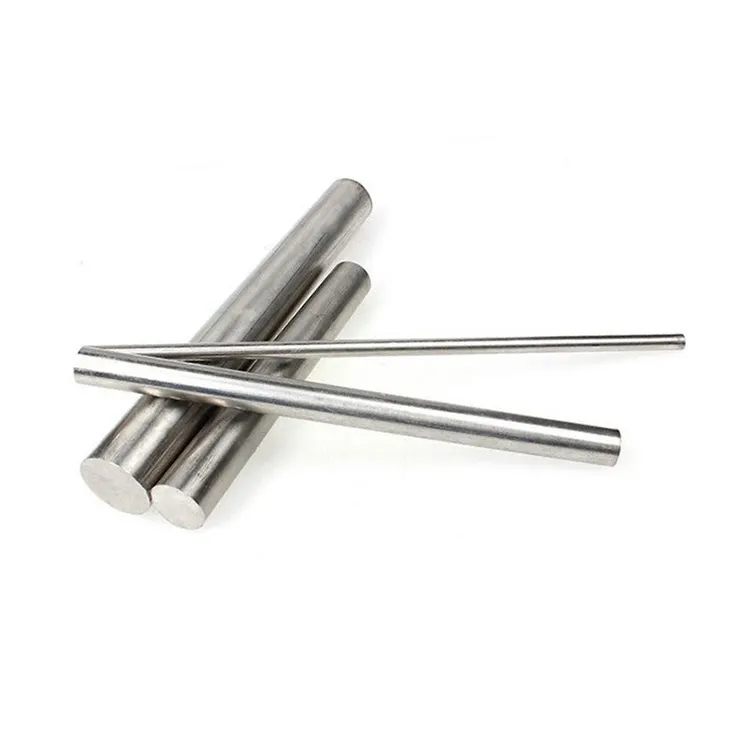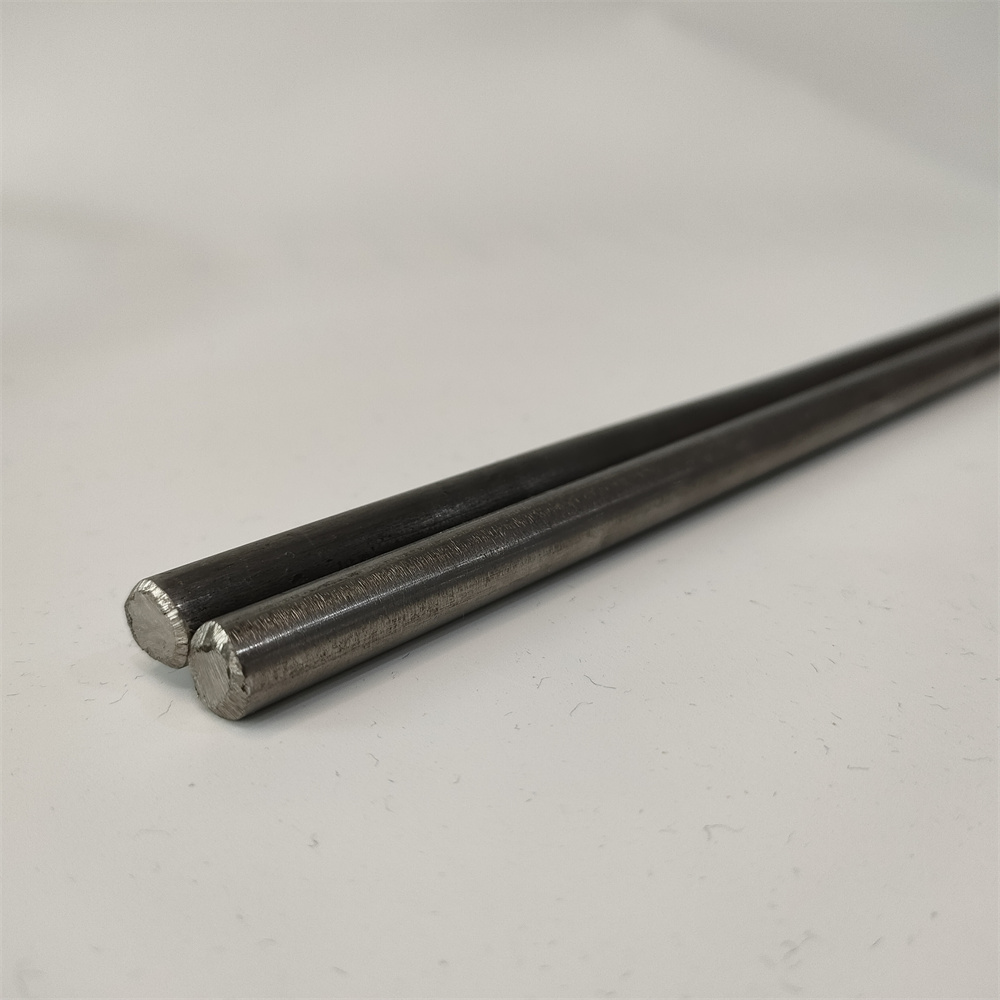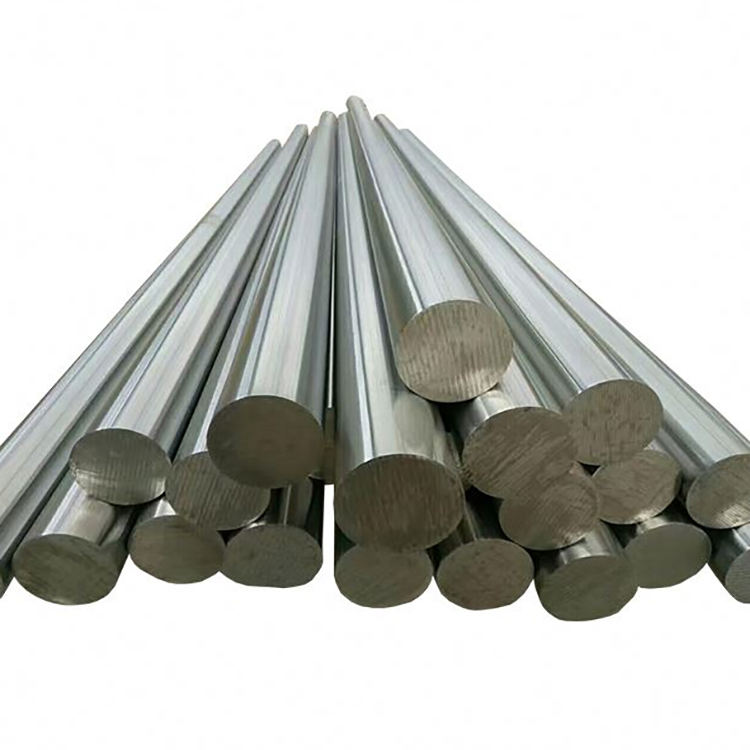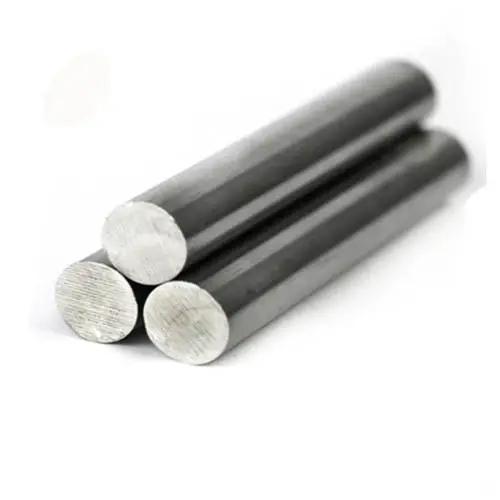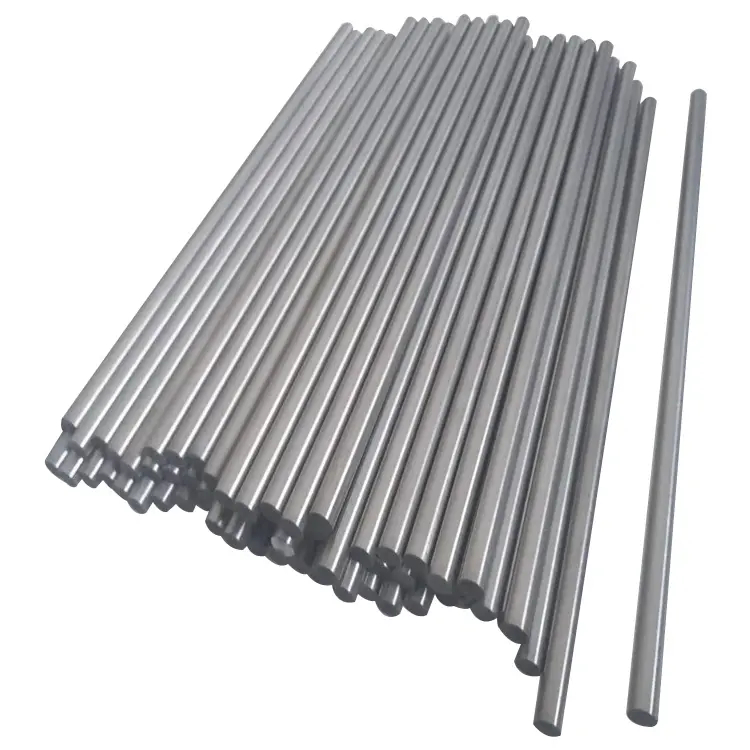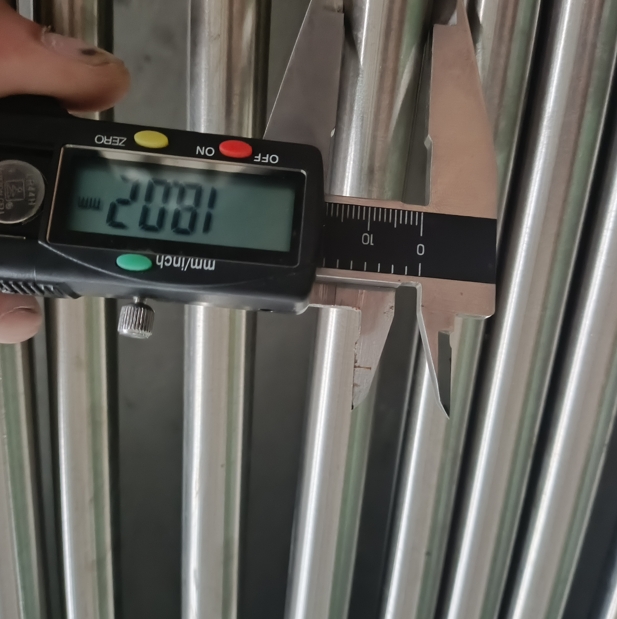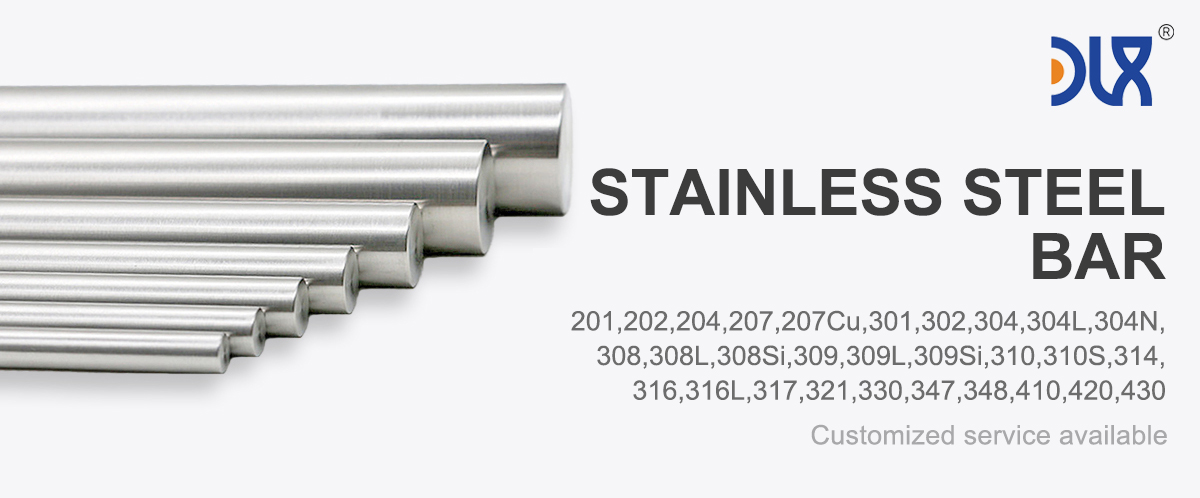
Our medical stainless steel rod is a cornerstone for orthodontic device manufacturing, delivering the precision and durability needed to create life-changing smiles. This isn’t just any metal—it’s a high-quality, medical-grade alloy designed to meet the demanding standards of dental applications. With excellent corrosion resistance and machinability, our rods are perfect for crafting brackets, archwires, and other orthodontic components that ensure reliable tooth alignment. We’ve honed our production process to meet ASTM F138 and F899 standards, ensuring every rod supports the creation of top-tier orthodontic devices.
The strength of our medical stainless steel rod lies in its versatile composition, tailored to orthodontic needs. Grades like 316L, with 16-18% chromium, 10-14% nickel, 2-3% molybdenum, and less than 0.03% carbon, offer a tensile strength of 485-620 MPa and elongation of 40-50%, balancing strength with flexibility for precise archwires. Alternatively, 304-grade rods, with 18-20% chromium and 8-10.5% nickel, provide slightly higher tensile strength (500-700 MPa) and cost savings for less demanding components like bands. Our rods are forged and polished to minimize surface imperfections, ensuring smooth, comfortable devices that patients can rely on for years.
For more details, pls directly contact us.
In orthodontics, corrosion resistance and biocompatibility are critical, and our stainless steel rods deliver on both fronts. The high chromium content forms a robust passive oxide layer, protecting against corrosion from saliva, acidic foods, and frequent sterilization. For 316L, nickel release is minimal—below 0.5 µg/cm²/week—reducing the risk of allergic reactions, though rare sensitivities may occur in 10-15% of patients. Our electropolishing process creates a smooth surface, cutting bacterial adhesion by up to 30%, per clinical studies, which is crucial for maintaining oral hygiene during long-term orthodontic treatment.
The orthodontic device market is growing fast, projected to reach $10 billion by 2030, fueled by demand for cosmetic dentistry and advancements in digital orthodontics. Our medical stainless steel rods are at the heart of this growth, offering a cost-effective, high-performance solution for custom device fabrication. Trends like 3D-printed aligners and patient-specific archwires are reshaping the industry, and our rods are optimized for CNC machining and additive manufacturing, enabling intricate designs. Sustainability is also key—our rods are fully recyclable, reducing waste and supporting eco-friendly practices in dental labs.
Comparison of Medical Stainless Steel Grades, Materials, and Applications
|
Grade |
Composition |
Key Properties |
Corrosion Resistance |
Biocompatibility |
Applications |
Advantages |
Limitations |
|---|---|---|---|---|---|---|---|
|
316L |
Fe (60-70%), Cr (16-18%), Ni (10-14%), Mo (2-3%), C (<0.03%) |
Tensile: 485-620 MPa, Yield: 170-290 MPa, Elongation: 40-50%, Hardness: 95 HRB |
Excellent (passive oxide layer, resists pitting) |
High, minimal ion release, rare Ni sensitivity |
Bone plates, screws, stents, hip stems, dental implants |
Cost-effective, machinable, fatigue-resistant |
Possible Ni sensitivity, heavier than Ti |
|
304L |
Fe (65-74%), Cr (18-20%), Ni (8-10.5%), C (<0.03%) |
Tensile: 485-550 MPa, Yield: 170-240 MPa, Elongation: 40-55%, Hardness: 92 HRB |
Good, less resistant to pitting than 316L |
Moderate, higher Ni release risk |
Temporary implants, surgical tools, guidewires |
Affordable, easy to form, widely available |
Limited for long-term implants due to corrosion |
|
17-4 PH |
Fe (70-78%), Cr (15-17.5%), Ni (3-5%), Cu (3-5%), C (<0.07%) |
Tensile: 930-1100 MPa, Yield: 725-860 MPa, Hardness: 30-44 HRC |
Very good, but less than 316L in saline |
Good, but less biocompatible than 316L |
Load-bearing implants, surgical instruments |
High strength, heat-treatable, durable |
Complex processing, less corrosion-resistant |
|
420 |
Fe (80-90%), Cr (12-14%), C (0.15-0.4%) |
Tensile: 700-950 MPa, Yield: 340-450 MPa, Hardness: 45-50 HRC |
Moderate, prone to pitting in body fluids |
Moderate, not ideal for long-term implants |
Cutting tools, temporary pins, dental drills |
High hardness, wear-resistant, sharpenable |
Poor corrosion resistance for permanent use |
|
440C |
Fe (78-85%), Cr (16-18%), C (0.95-1.2%) |
Tensile: 760-1000 MPa, Yield: 450-600 MPa, Hardness: 56-60 HRC |
Moderate, better than 420 but less than 316L |
Limited, high carbon affects biocompatibility |
Surgical blades, high-wear tools |
Extremely hard, excellent edge retention |
Not suitable for long-term implants |
|
F138 (316LVM) |
Fe (60-70%), Cr (17-19%), Ni (13-15%), Mo (2.25-3.5%), C (<0.03%) |
Tensile: 490-690 MPa, Yield: 190-300 MPa, Elongation: 40-50%, Hardness: 95 HRB |
Superior, optimized for medical use |
Excellent, lowest ion release, vacuum-melted |
Orthopedic implants, cardiovascular stents |
Enhanced purity, top biocompatibility |
Higher cost than standard 316L |
|
303 |
Fe (65-75%), Cr (17-19%), Ni (8-10%), S (0.15-0.35%) |
Tensile: 500-620 MPa, Yield: 240-290 MPa, Elongation: 35-50%, Hardness: 90 HRB |
Moderate, sulfur reduces corrosion resistance |
Moderate, not ideal for permanent implants |
Machined components, non-implant devices |
Excellent machinability, cost-effective |
Not suitable for long-term implants |
|
Nitronic 60 |
Fe (60-70%), Cr (16-18%), Ni (8-9%), Mn (7-9%), N (0.08-0.18%) |
Tensile: 620-793 MPa, Yield: 345-414 MPa, Hardness: 95-100 HRB |
Very good, resists galling and wear |
Good, but less studied for implants |
Wear-resistant implants, joint components |
High wear resistance, galling resistance |
Limited medical use, higher cost |
For more details, pls directly contact us.
Challenges in orthodontics include corrosion risks, with studies indicating 5-7% of device failures linked to pitting in the moist oral environment. We’re addressing this with research into biocompatible coatings, like ceramic or polymer layers, that boost corrosion resistance by 25%, based on recent data. Regulatory standards, such as ISO 13485 and ASTM F899, demand rigorous testing for mechanical properties and biocompatibility. Our rods exceed these requirements, with each batch undergoing chemical analysis and fatigue testing to ensure zero defects. The rise of nickel-free alloys is another trend, addressing allergies in a small percentage of patients. While our 316L and 304 grades contain nickel, their optimized composition minimizes release, ensuring safety for most users.
Applications for our medical stainless steel rod cover a wide range of orthodontic needs. Grades like 316L are ideal for archwires and brackets, providing the flexibility and strength needed to guide teeth into alignment over months or years. Our rods are also used for orthodontic screws, offering secure anchorage for complex corrections. The 304-grade rods shine in cost-sensitive applications like molar bands and retainers, where durability and affordability are key. We’re seeing growing use in clear aligner production, where our rods form precision components for molding trays. Veterinary orthodontics is another emerging area, with our rods crafting braces for animals, proving their versatility across species.
Comparing ourselves to the market, our medical stainless steel rod stands out for its quality and customization. We source the purest raw materials, reducing impurities by up to 150% compared to standard alloys. Our forging and annealing processes optimize grain structure, enhancing fatigue resistance for devices under constant oral stress. Unlike generic suppliers, we maintain tolerances as tight as ±0.003 inches, ensuring precision for micro-machined brackets. Every batch is tested for hardness, tensile strength, and ASTM compliance, guaranteeing reliability in every orthodontic application.
Customization is where we truly shine. Need a 316L rod with a specific diameter for a custom archwire or a polished 304 rod for a smooth retainer? We deliver tailored solutions in days, keeping your production on track. Our surface treatments, like passivation and electropolishing, enhance corrosion resistance and biocompatibility, reducing bacterial buildup and improving patient comfort. Cost-wise, our rods offer premium performance at a lower price than titanium or cobalt-chrome, making advanced orthodontics accessible to more practices. Our material experts provide hands-on support, helping you integrate our rods into complex designs, saving you time and R&D costs.
Comparison Parameters Table
| Parameter | Medical Stainless Steel (316L) | Medical Stainless Steel (304) | Titanium (Ti-6Al-4V) | Cobalt-Chrome (Co-Cr) |
|---|---|---|---|---|
| Density (g/cm³) | 7.9-8.0 | 7.9-8.0 | 4.4-4.5 | 8.3-9.2 |
| Elastic Modulus (GPa) | 193 | 193 | 110-114 | 210-240 |
| Yield Strength (MPa) | 170-290 | 200-275 | 800-900 | 450-1000 |
| Tensile Strength (MPa) | 485-620 | 500-700 | 900-1000 | 900-1200 |
| Hardness (HRB) | ~95 | ~92 | ~36 HRC | 30-40 HRC |
| Corrosion Resistance | Excellent (passive oxide layer) | Good (less Mo than 316L) | Superior in body fluids | Very good, but ion release risk |
| Biocompatibility | High, rare Ni sensitivity | Moderate, higher Ni release | Excellent, low reactivity | Good, but Co ion concerns |
| Cost | Low | Very low | Medium | High |
| Common Applications | Brackets, archwires, screws | Bands, temporary wires | Orthodontic implants | Dental crowns, bearings |
| Machinability the | Excellent | Excellent | Medium | Low |
Looking ahead, the orthodontic industry is embracing digital workflows, with AI-driven treatment planning and 3D printing revolutionizing device production. Our rods are ready for this future, compatible with advanced manufacturing techniques like laser cutting and additive processes. We’re investing in antimicrobial coatings that could reduce oral infection risks by 15%, addressing a key concern in long-term treatments. With rising healthcare costs, our rods provide a budget-friendly option without compromising quality, helping clinics deliver better care. Their durability—lasting through years of treatment—reduces replacement needs, improving patient outcomes and lowering costs.
In short, our medical stainless steel rod is a foundation for orthodontic innovation. From crafting precise archwires to enabling custom brackets, it’s built to perform where reliability and patient comfort matter most. We’re committed to pushing the limits, whether through cleaner alloys, smarter finishes, or faster delivery. As orthodontics evolves, our rods are at the forefront, enabling manufacturers and clinicians to create smiles that transform lives with confidence.
For more details, pls directly contact us.


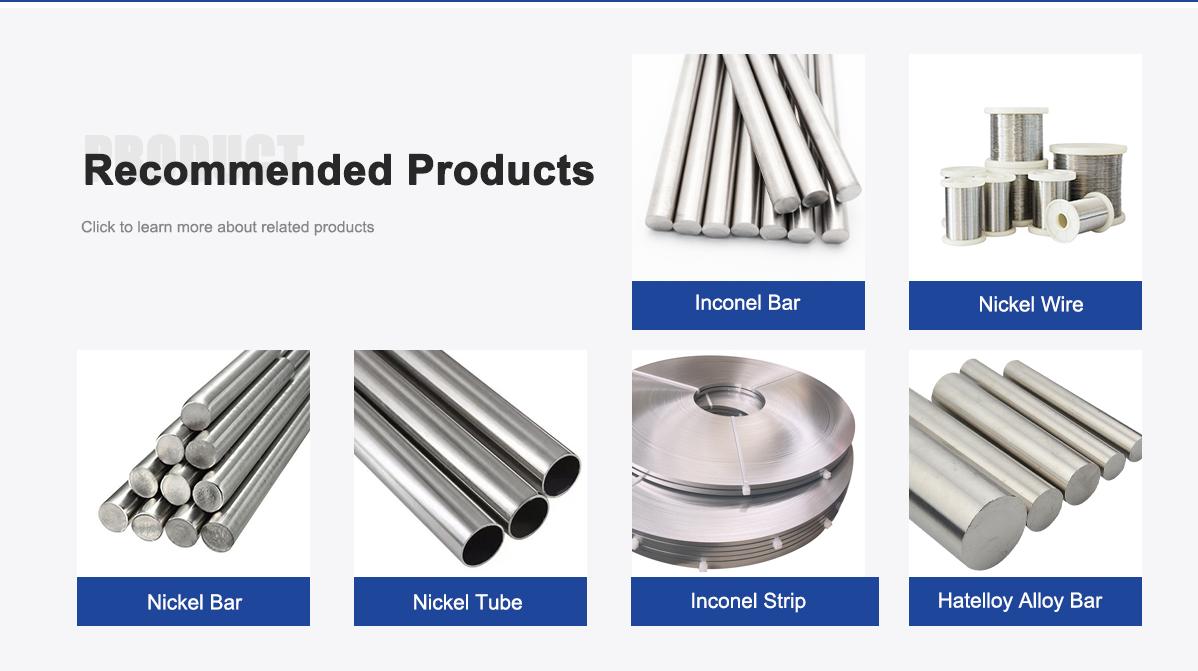
About Us:
Our 12,000㎡ factory is equipped with complete capabilities for research, production, testing, and packaging. We strictly adhere to ISO 9001 standards in our production processes, with an annual output of 1,200 tons. This ensures that we meet both quantity and quality demands. Furthermore, all products undergo rigorous simulated environment testing including high temperature, high pressure, and corrosion tests before being dispatched, ensuring they meet customer specifications.
For all our clients, we offer timely and multilingual after-sales support and technical consulting, helping you resolve any issues swiftly and efficiently.

Client Visits
Building Stronger Partnerships

We support all kinds of testing:


FAQs:
-
What is the composition of medical stainless steel for orthodontic devices?
Typically, it includes iron (60-75%), chromium (16-19%), nickel (8-15%), molybdenum (0-3.5%), and carbon (0.03-0.4%), with grades like 316L or 304 tailored for specific uses. -
What are the key mechanical properties of medical stainless steel for orthodontics?
Properties vary by grade, with tensile strength of 485-760 MPa, yield strength of 170-450 MPa, elongation of 35-55%, and hardness of 90-95 HRB, ensuring durability and flexibility. -
How is medical stainless steel used in orthodontic device manufacturing?
It’s used for brackets, archwires, bands, and screws, providing strength and corrosion resistance for precise tooth alignment and long-term oral use. -
What makes medical stainless steel corrosion-resistant in orthodontic applications?
High chromium content forms a passive oxide layer, protecting against corrosion from saliva, acidic foods, and repeated sterilization in dental settings. -
What are current industry trends for medical stainless steel in orthodontics?
Trends include customized archwires via 3D printing, biocompatible coatings for enhanced comfort, and nickel-free options to address allergies. -
Is medical stainless steel biocompatible for orthodontic devices?
Yes, grades like 316L are highly biocompatible with low ion release, though nickel-containing alloys may pose rare sensitivity risks for some patients. -
What advantages does medical stainless steel have over other materials?
It’s more cost-effective than titanium, with better machinability than cobalt-chrome, and offers excellent strength for orthodontic applications. -
How does medical stainless steel support sustainability in orthodontics?
Its recyclability, durability through years of use, and efficient production reduce waste, aligning with eco-friendly trends in dental manufacturing.

